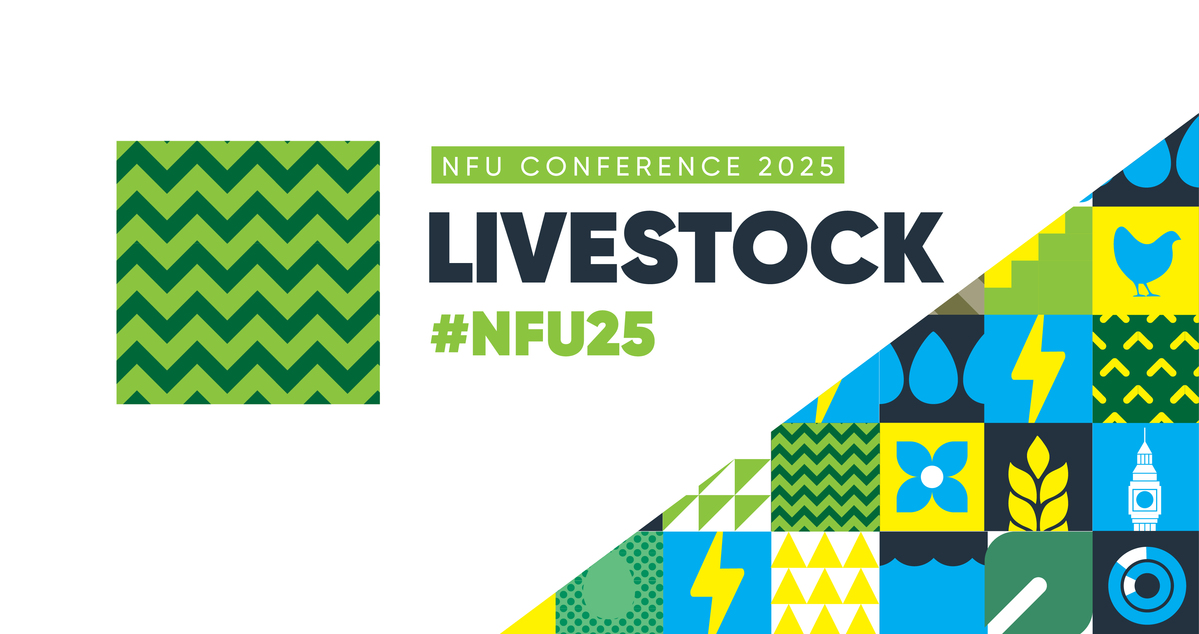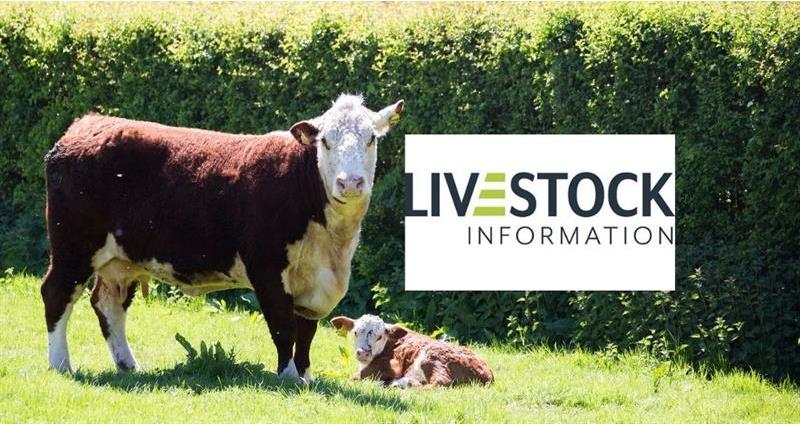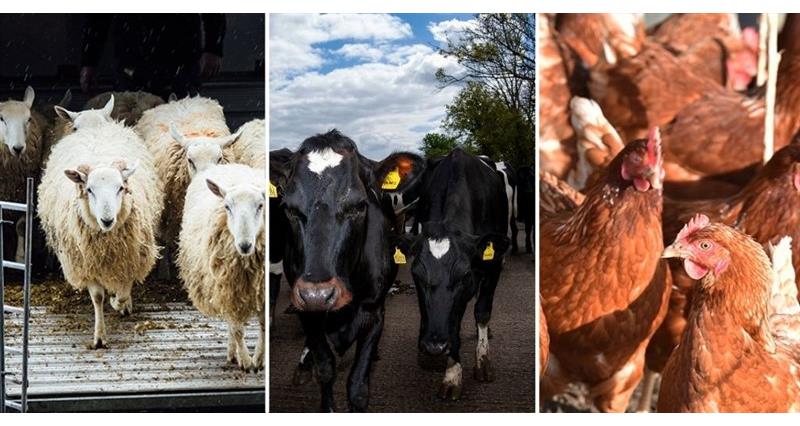The livestock and dairy sectors have critical roles to play in feeding the nation while protecting the environment and helping reach our climate targets. The new LIS (Livestock Information Service) is in a prime position to help us do that and should therefore continue at pace and be ambitious.
Defra is replacing CTS (Cattle Tracing System) with the LIS, with the aim of bringing in other livestock, including sheep and goats, onto this multi species platform in England. This would create a single, streamlined operation.
Furthermore, LIS has the potential to assist producers in making buying, breeding, and management decisions that can improve productivity and efficiency, biosecurity, and animal health and welfare.
This would in turn help us prove to the government and wider stakeholders that British ruminants can, and do, deliver for legislative and supply chain climate and environmental goals, which then also supports international trade and consumer confidence.
Comprehensive reporting key to boost sector development
To do this, LIS should go beyond a basic replacement of CTS and allow extra value reporting. Extra value reporting should include:
- Encourage the keepers to record as part of the digital movement report haulier details and food chain information.
- Knowledge based trading – for example, bovine TB risk status, assurance status, and vaccination history for diseases like BVD and BTV.
- Keeper dashboards based on statutory data already collected – to produce a range of standard reports which could potentially benchmark against similar farms – for example, calving intervals, on-farm mortality and age of slaughter of homebred and purchased animals.
- Linked supply chain data available to all those who kept the animal to inform management decisions – for example, CCIR (collection and communication of inspection results) and carcass weights and grade.
- Mandated sire ID recording, so we can measure performance of progeny at scale.
- Voluntary data which supports the National Greenhouse Gas Inventory & carbon audits – this could include whether animals are for breeding or finishing, and housing and grazing periods.
- Solutions for sheep aging, the 6-day standstill, and trade policies:
- LIS should be able to record lambs’ birth month as this provides an alternative to aging old season lamb through dentition checks and minimising the need to split carcasses at 12 months old due to BSE regulation.
- LIS should be able to assess movement risks to support alternative approach to the 6-day standstill on the receiving farm.
- LIS should facilitate trade with the EU by enabling geolocation reporting to comply with EUDR and hold VANs (vet attestation numbers) or assurance status to comply with Export Health Certificates.
Learning from experience
This extra value reporting requires the utilisation of the best technology to read animal IDs quickly. I have been impressed by Scottish trials looking at the use of ultra-high frequency (UHF) tags to identify cattle.
These UHF tags reduced the need for handling thus improving health, safety and animal welfare, and speeds up the process of making data available at the point of sale.
Ultimately, we consider that retaining the current basic traceability service will not deliver the potential benefits to help boost productivity, food security, biosecurity and sustainability.
A fit for purpose LIS and suitable tag technology is key for the underpinning of our great British brand for welfare, productive, environmentally sustainable, high-quality meat.
More from the NFU Livestock Board





